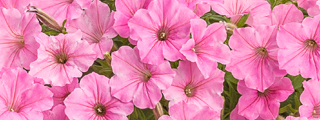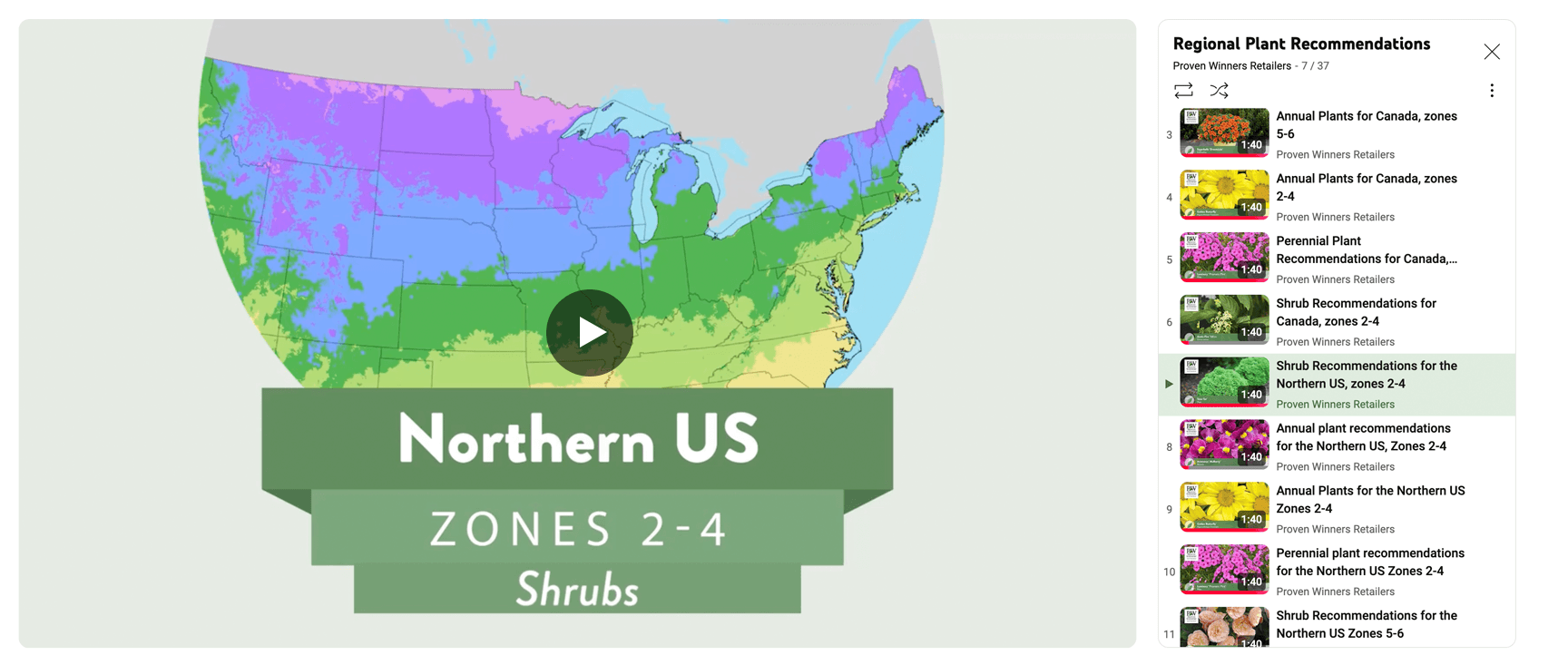U.S. Hardiness Zones
Looking for
Canada Hardiness Zones?
The United States Department of Agriculture (USDA) has devised a system to provide gardeners with a basic guide to plant hardiness – how much winter cold a plant can withstand. The Hardiness Zone Map system divides the United States and Canada into numbered zones based on lowest average winter temperature. Even within a zone, different micro-climates exist, such as large urban areas which may be warmer or land situated at different elevations.
Map courtesy of planthardiness.ars.usda.gov
Recommendations by Region
Find expert plant recommendations for your region with the links below.

NORTHERN US & EASTERN CANADA
Visit

NORTHEAST & MID-ATLANTIC
Visit

THE PNW & WESTERN CANADA
Visit

THE MIDWEST & GREAT LAKES
Visit

THE SOUTHWEST & CALIFORNIA
Visit


